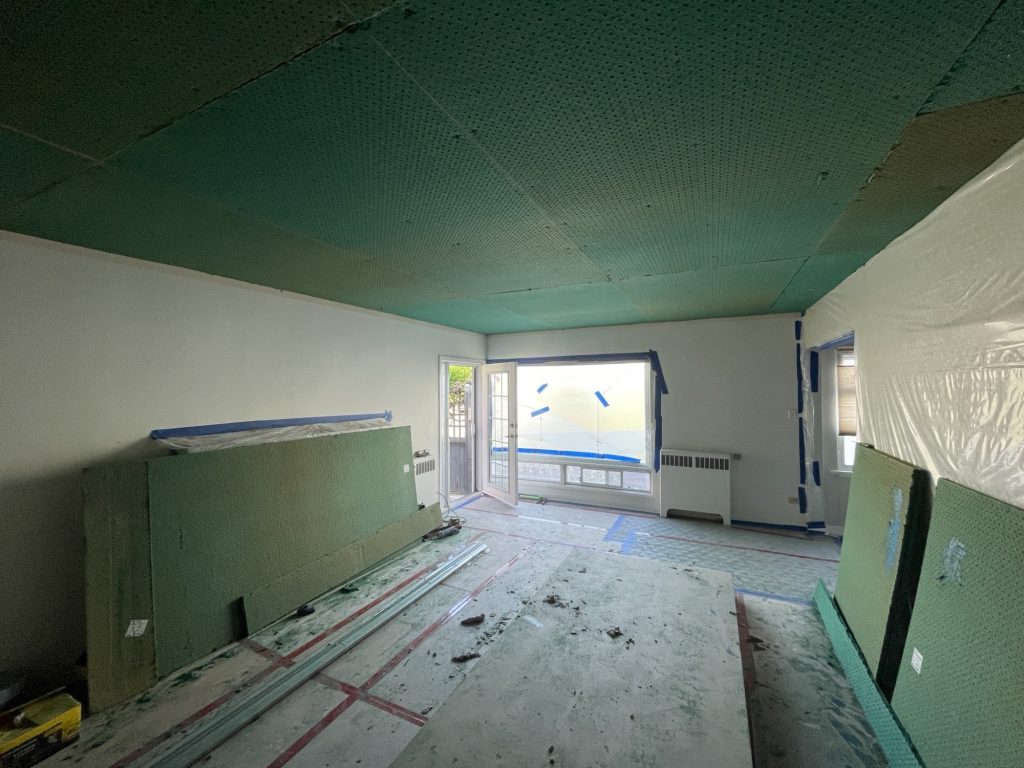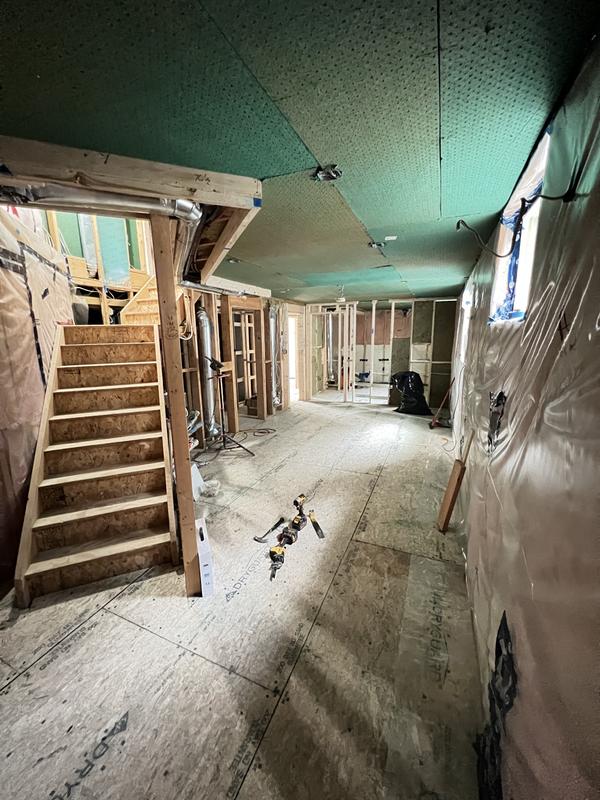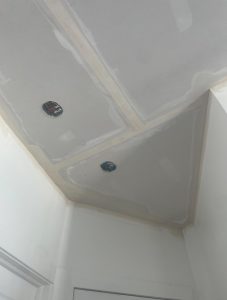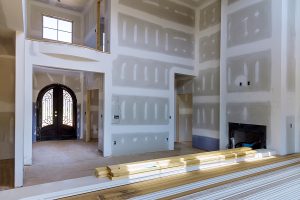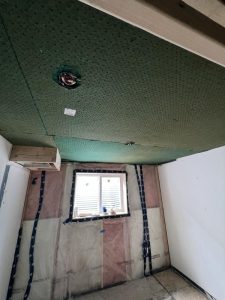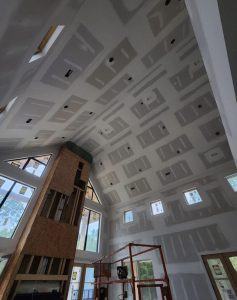Quiet Down Below: How to Soundproof Your Cordova Bay Basement Suite with Finest Finish
Finest Finish Painting & Drywall — practical, local advice on drywall installation, finishing, and soundproofing for basement suites in Cordova Bay.
Why Soundproofing Matters in Basement Suites
A basement suite that isn’t well isolated sounds like a fishbowl: every footstep, flush, door slam, or muffled conversation leaks through the ceiling or walls. That’s not just annoying — for renters or family members, it can become a deal-breaker.
Good soundproofing yields:
- Fewer noise complaints and better living experience
- Greater privacy for both upstairs and downstairs units
- Higher property value (prospective tenants will often look for “quiet suites”)
- Reduced wear on finishes and less chance of cracking from vibration
To achieve that, the right drywall, installation, and finishing methods all play a role.
Key Techniques in Basement Suite Soundproofing
1. Decouple the drywall with resilient channels or clips
One of the most powerful moves is to avoid rigid connections between drywall and the framing. Use resilient channels, RSIC clips, or another decoupling system to allow vibration damping. This interrupts the path that sound takes.
2. Use a double layer of drywall (or soundproof drywall)
Adding mass makes it harder for sound to punch through. Many homeowners add a second layer of drywall. A better option is soundproof drywall (products like QuietRock or SilentFX) which contains damping layers. Between layers, a damping compound such as Green Glue can convert vibration into small amounts of heat for additional reduction.
3. Add soundproofing insulation behind walls/ceiling
Fill cavities with mineral wool (e.g., Roxul Safe’n’Sound) or dense fiberglass to absorb airborne noise. Think of this layer like a sponge for sound.
4. Seal every gap with acoustic sealant
Even tiny cracks compromise performance. Around electrical boxes, light fixtures, perimeter joints, and baseboards, use acoustic caulk to block sound leaks.
5. Mind the mechanical / plumbing / HVAC penetrations
Pipes, ducts, and vents are major sound leak paths. Use flanges, wraps, baffles, and isolation gaskets to prevent direct sound coupling.
6. Proper finishing and detailing
Finishing matters. Multi-stage taping, mudding, sanding and sealing prevents cracks and keeps the sound barrier intact. Avoid rigid trim installations that bridge isolated drywall to structure.
How We Do It in Cordova Bay — Our Workflow (Drywall + Soundproofing)
Serving Cordova Bay and the surrounding Victoria region, our workflow balances performance and practicality. Typical phased approach:
- Site assessment: Inspect framing, joists, plumbing runs, and existing leaks.
- Framing adjustments & blocking: Reinforce framing and add blocking for isolated mounts.
- Install decoupling system: Fit resilient channels or RSIC systems.
- Run insulation: Install mineral wool or sound-rated insulation.
- First layer drywall: Hang the first layer, leaving gaps for sealant.
- Apply damping compound (optional): Add Green Glue then mount a second layer of drywall with staggered seams.
- Seal edges & penetrations: Use acoustic sealant around perimeters and boxes.
- Finish: Tape, mud, sand and skim-coat for a flawless surface.
- Final inspection & QA: Test for leaks and walk through for adjustments.
What You Can Expect — Performance & Limitations
It’s honest to say we reduce sound rather than eliminate it entirely. Well-built systems commonly reach a noticeable improvement; typical builds often fall into a 45–60 STC (Sound Transmission Class) range depending on the exact materials and details. Very low-frequency noise (bass, drums) may require additional isolation such as floating floors or specialty mounts.
Why Choose Finest Finish for Your Basement Soundproofing?
Finest Finish combines craftsmanship and building science. Reasons homeowners choose us:
- Specialized in drywall installation & finishing with extensive soundproofing experience.
- Journeyman-level tradespeople who understand both finish and structure.
- Proprietary multi-stage finishing system that supports acoustic performance and a flawless look.
- Transparent, practical guidance and realistic expectations.
Learn more about our company on the Finest Finish About page, and read a detailed post on drywall-based soundproof upgrades on our Basement Soundproofing guide.
Tips & Mistakes to Avoid
- Don’t skip acoustic sealant — even a tiny gap can ruin results.
- Don’t fasten drywall rigidly to joists — decoupling is essential.
- Don’t rely on insulation alone — combine mass, decoupling, and damping.
- Plan for access to HVAC and plumbing with removable panels.
- Check performance during construction to fix weak spots early.
Frequently Asked Questions
How much does soundproofing a basement suite usually cost?
Costs vary with the chosen methods (resilient channel, double drywall, Green Glue, insulation). Expect a range depending on size and desired performance — we provide tailored quotes after a site visit.
Will soundproofing lower my ceiling height?
Adding resilient channels and a second drywall layer can reduce clearance slightly — often by 25–50 mm depending on the system. We always discuss ceiling height tradeoffs during planning.
Can I DIY basement soundproofing?
Some steps (insulation, sealant) are DIY-friendly, but proper decoupling, multi-layer drywall installation and high-quality finishing are best done by experienced installers to avoid performance loss.
What materials do you recommend for best results?
We commonly specify mineral wool insulation, resilient channels or RSIC clips, a two-layer drywall system (or soundboard), and acoustic sealant. Green Glue is optional for damping between layers.
How long does a typical basement soundproofing project take?
Project time depends on scope. A straightforward ceiling retrofit can take a few days of on-site work, with additional time for finishing and sanding. We provide timelines in our estimates.
Will soundproofing stop low-frequency bass sounds?
Low-frequency noise is the hardest to block. Standard treatments reduce much of the airborne noise, but very low bass may require additional measures like floating floors or bass traps to be effective.
